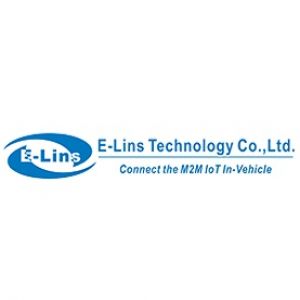The transmission mode of the switchPosted by E-Lins Technology on April 24th, 2021 The transmission mode of the switch is full-duplex, half-duplex, full-duplex/half-duplex adaptive The full duplex of the switch means that the switch can also receive data while sending data, and the two are synchronized. This is like we usually make a phone call, and we can hear the other party's voice while talking. Current switches all support full duplex. The advantage of full duplex is that the delay is small and the speed is fast. When it comes to full-duplex, one cannot fail to mention another concept that closely corresponds to it, which is "half-duplex." The so-called half-duplex means that only one action occurs in a period of time. For a simple example, a narrow one Only one car can pass through at the same time. When there are two cars driving in opposite directions, in this case, only one can pass first, and the other can drive after the end. This example illustrates half the image. The principle of duplexing. Early walkie-talkies and early hubs were all products that implemented half-duplex. With the continuous advancement of technology, the half-double union gradually withdrew from the stage of history. Broadly speaking, there are two types of network switches: WAN switches and LAN switches. WAN switches are mainly used in the telecommunications field to provide a basic platform for communications. The LAN switch is used in the local area network to connect to terminal equipment, such as PCs and network printers. From the transmission medium and transmission speed, it can be divided into Ethernet switches, fast Ethernet switches, Gigabit Ethernet switches, FDDI switches, ATM switches, and token ring switches. From the scale of application, it can be divided into enterprise-level switches, department-level switches, and workgroup switches. The scales of different manufacturers are not completely the same. Generally speaking, enterprise-level switches are rack-mounted, and department-level switches can be rack-mounted (with a small number of slots) or fixed-configuration type. The level switch is a fixed configuration type (the function is relatively simple). On the other hand, from the perspective of application scale, when used as a backbone switch, a switch that supports large-scale enterprise applications with more than 500 information points is an enterprise-level switch, and a switch that supports medium-sized enterprises with less than 300 information points is a department-level switch, and 100 Switches within this information point are workgroup-level switches. The switches introduced in this article refer to LAN switches. For more information, please visit E-Lins Technology of E-Lins Group Like it? Share it!More by this author |


